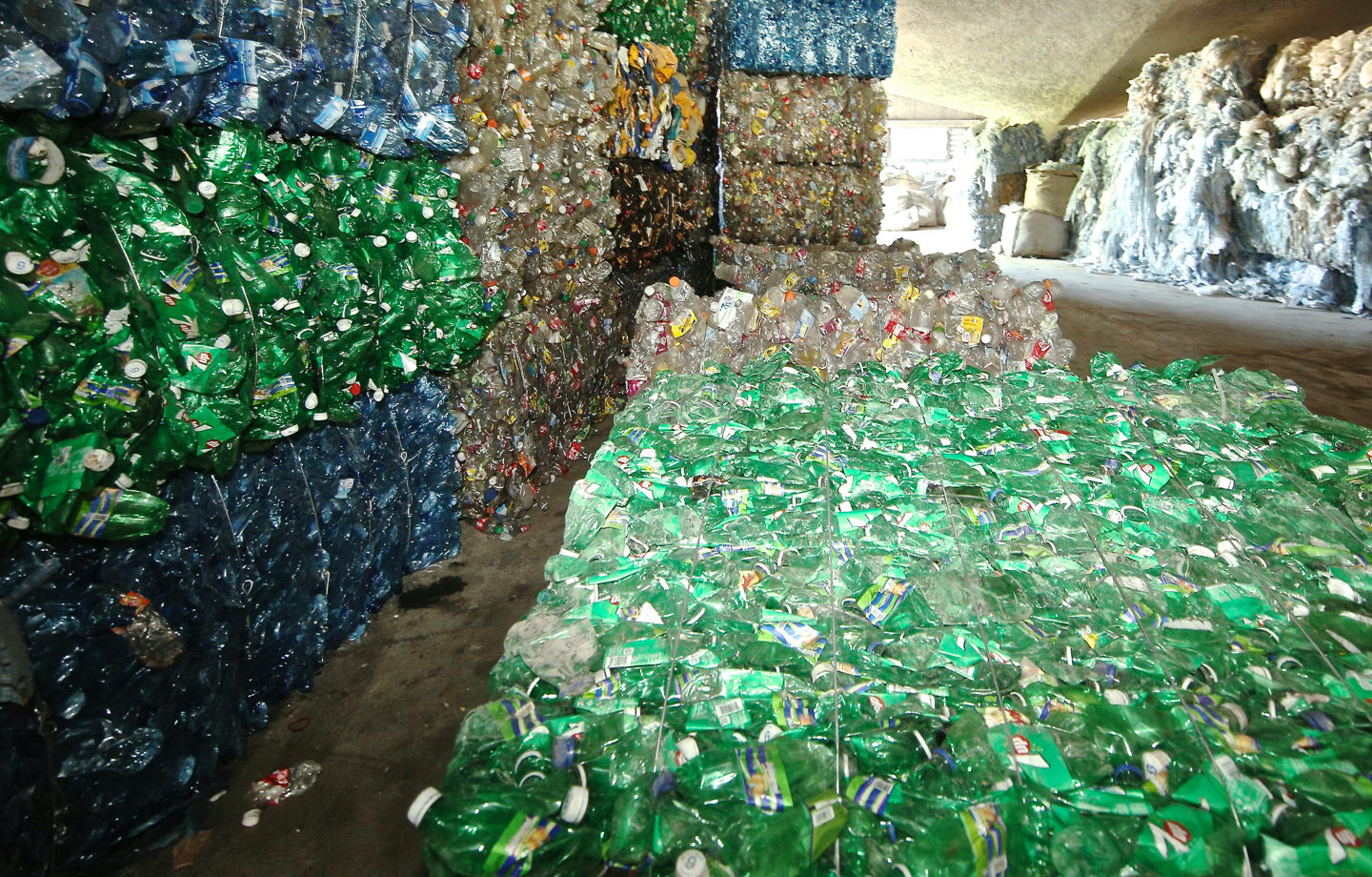The ocean plastic problem is one that never ceases to garner headlines. Every year, the oceans see 8 million tons of fresh plastic waste dumped into them. With a lifespan of (pretty much) forever, the ocean plastic problem is one that requires people to take action to solve.
Where Does It All Come From?
You have to wonder, with this problem so widely reported, who the heck is still dumping plastic waste in the ocean?
The reality is, we likely all are.
Most often, ocean plastic winds up there inadvertently. Winds blow plastic waste from landfills into nearby waterways, where they’re eventually carried to the ocean. In fact, it’s estimated that over 2 million tons of the yearly ocean plastic load come from rivers and inland waterways alone.
At present, the biggest culprits in the ocean plastic problem are highly industrialized countries like China and Indonesia, but the plastic problem is a global one.
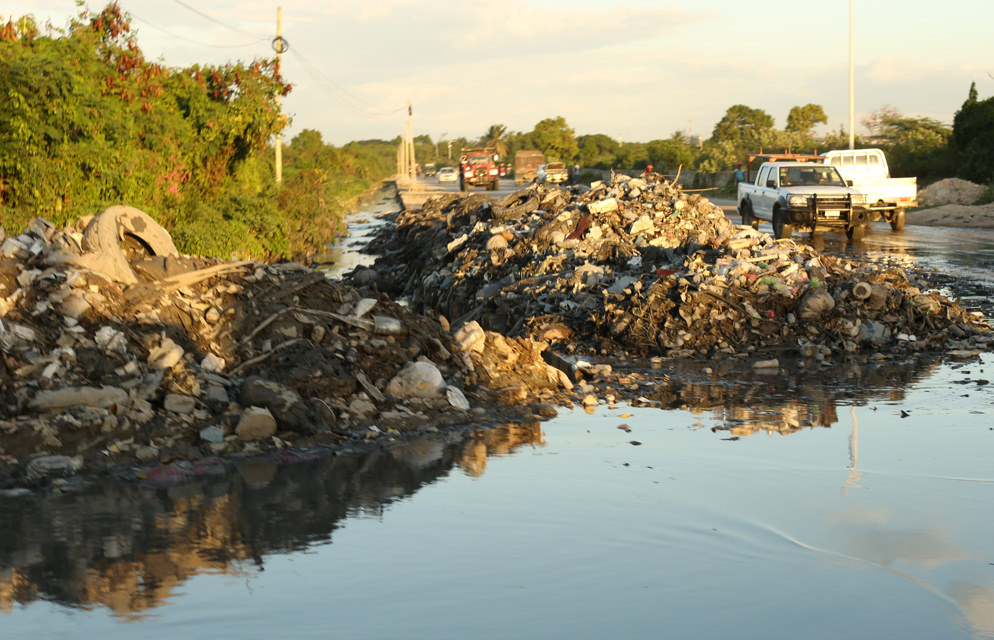
Stark Reminders of the Ocean Plastic Problem
The Pacific trash vortex is perhaps one of the most staggering visuals a person can get in the ocean plastics problem.
In the North Pacific Ocean where vortexes swirl the water in an endless pattern, two masses of garbage have been coined with the name The Great Pacific Garbage Patch.
While portions of this accumulation of trash certainly float like an island, much of it is comprised of tiny floating beads of plastic and columns of waste that extend deep into the depths of the water. Here, because of the patterns of the currents, the garbage collects, and it’s a sight to behold.
Microplastics and the Glitter Problem
Interestingly, a great deal of ocean plastic is also tiny, coming in the form of micro and nano plastics. Micro plastics are tiny beads that are formed as brittle plastics break up, creating an alarming new “sand” that is being ingested by marine life, and becoming a new form of substrate.
Nano plastics typically come from chemicals like personal care products and toothpastes. Those exfoliating microbeads are actually tiny plastic polymers that get washed down the drain. The issue is that they’re actually too small to be filtered out during the water treatment process and become a food source for tiny marine life, like plankton.
Glitter is another form of microplastic that most people don’t even consider, but one whose environmental impacts are becoming starkly apparent. These tiny plastics are small enough to invade the bodies of marine life but durable enough to last forever.
Thankfully, biodegradable glitter options are being adopted by companies like Lush.
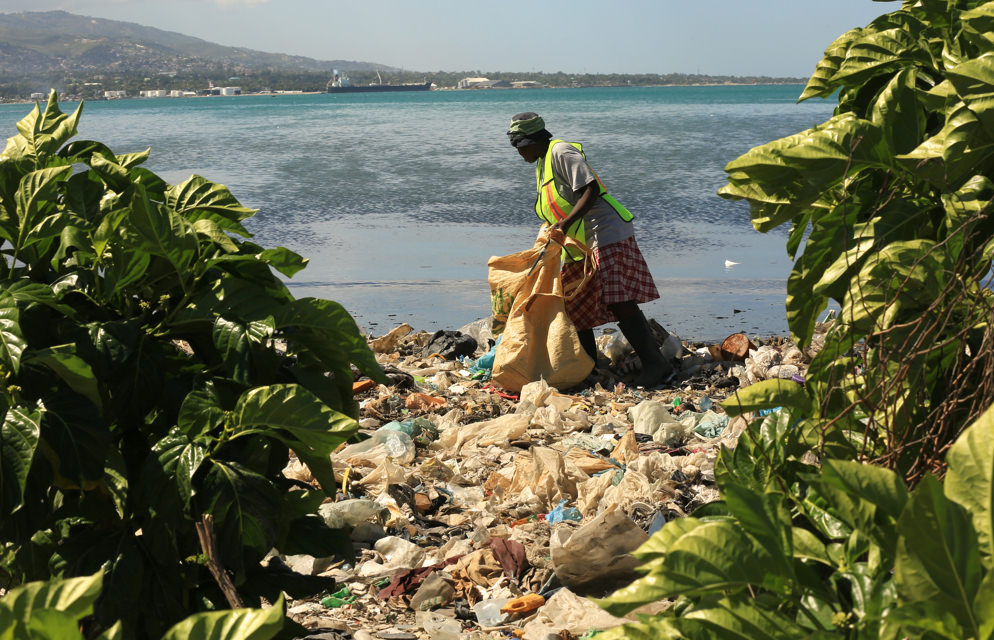
What Can We Do?
The ocean plastics issue is a staggering one, and you have to wonder, where do we even start?
#1 — Make Better Choices As Consumers
It’s estimated that 50% of ocean plastic is from single-use products — things like straws and plastic bags that see less than an hour of use before spending an eternity polluting our world’s oceans.
Changing the heavily ingrained habits of 7 billion people is no small task, but it all starts with us. Every day, look at what you’re throwing away and start a list of things to investigate replacing with permanent solutions. Buy the big containers of yogurt, keep stainless steel straws in your purse, and keep so many sets of reusable grocery bags handy that you never forget them.
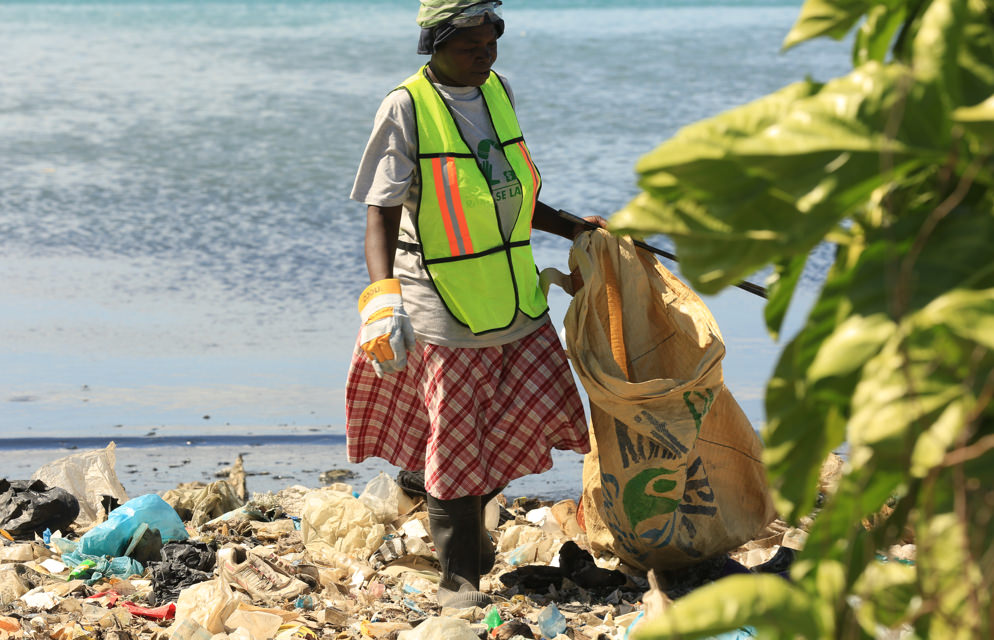
#2 — Make Plastic Collection Profitable
We pick a giving partner every month to share a portion of our sales with. This month, we’re proud to partner with The Plastic Bank — an organization who’s revolutionizing the solution to the ocean plastic problem by making it profitable to collect plastic.
Here’s how it works:
- Businesses and individuals contribute donations to create incentives for plastic collection.
- Plastic Bank provides incentives in impoverished countries to collect plastic and deposit it at their facilities. Collectors are paid in cash, cryptocurrency, or items.
- Plastic Bank recycles that plastic and sells it at a premium to cover the costs of compensating collectors — Social Plastic is born.
# 3 — Offset Your Plastic Footprint
In addition to this system that Plastic Bank has created to address both poverty and the ocean plastic problem at the same time, you can also choose to work with them and offset your plastic footprint.
One way you can do this is to prove the demand for Social Plastic — that as a consumer, you’re willing to pay more for a product that solves big problems like ocean plastic.
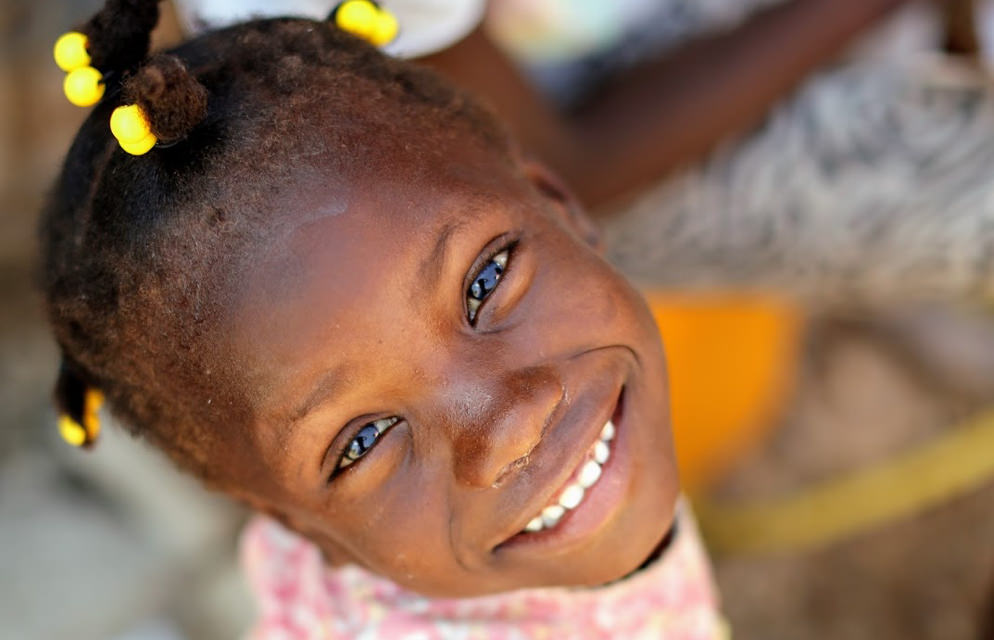
Tell them You Want Social Plastic
So how do we get our favorite brands using Social Plastic? We tell them we want it. Plastic Bank has made it easy — just replace @TheBrandYouLove in this post link with a brand you want to see using Social Plastic, and share the post on Twitter.
Donate to Plastic Bank
When you make a donation to the Plastic Bank, you help fund one heck of a goal — to not only eliminate ocean plastic, but to make it profitable for people in impoverished countries to do so.
Shop Plastic Bank
Plastic Bank also has an online store where you can buy merch to support their cause. Naturally, the products are all made ethically and with eco-friendly materials.
Show Plastic Bank some love — what brand would you love to see use Social Plastic in their product line? Tag us all in the post on Facebook — @AvocadoMattress and @PlasticBank + your favorite brand!

Shop Pillows
The Essential Organic Pillow Collection
Gentle, breathable, non-toxic support.




